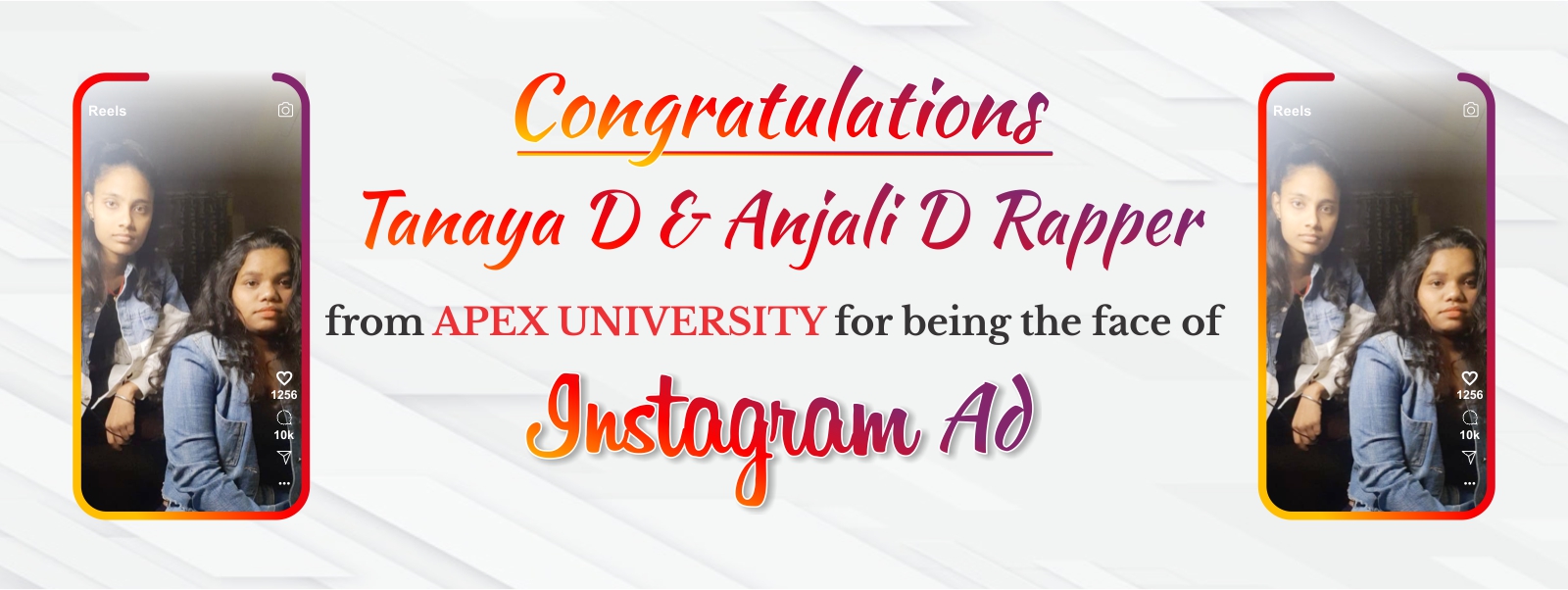
Yellow Journalism: “The Fake News”

Sangeeta Sharma

The media creates stories in a way that they will draw emotion from readers and force a certain way of thinking upon them. This, ultimately, will never have a good effect on society. In order to beat out competition with other newspapers, journalists are forced to sell their stories using sensationalist headlines and misleading articles.

Other impacts are gender discrimination, increased violence, and human security issues. We can define it as “Yellow journalism and the yellow press are American terms for journalism and associated newspapers that present little or no legitimate well-researched news while instead using eye-catching headlines for increased sales.
Techniques may include exaggerations of news events, scandal-mongering, or sensationalism. Today, the term “yellow journalism” is used negatively to describe any journalistic style that treats real news either unprofessionally or unethically.
Actually yellow journalism has grown up due to competition in media industry and the question has become how they would make their newspapers stand out from the competition.
Yellow kid symbol of “yellow journalism

Yellow Journalism
Let see some examples of yellow journalism
Yellow Journalism has made an impact on society for hundreds of years.With yellow journalism the truth is usually misrepresented or concealed, and negative point is that people start to believe whatever publishing or broadcasting and it is harmful for society. Due to the yellow journalism problems like Culture of sensationalization, Gender Discrimination, Human security issues, and Violent Behaviors are increasing.
Yellow journalism provoke certain feelings in the brain, which are not true, therefore leading to further conflict that can even result in war. This has happened before in the past, in the Spanish-American War.
This war was believed to be the first press driven war, or war that resulted due to extreme yellow journalism. For this reason, it is understood that cultural conflict and political conflict can arise from yellow journalism. This is another one of the negative effects of this horrible sensationalist form of writing.
At lastly, I can say that Yellow Journalism is not the pure form of journalism, rather a pure form of business. Their main objective is profit, critical journalism is second to their interest. Truth must be the first priority for reporting any event. Media must abide by the responsibilities of the fourth pillar if it has the de-facto to act as the fourth pillar.



